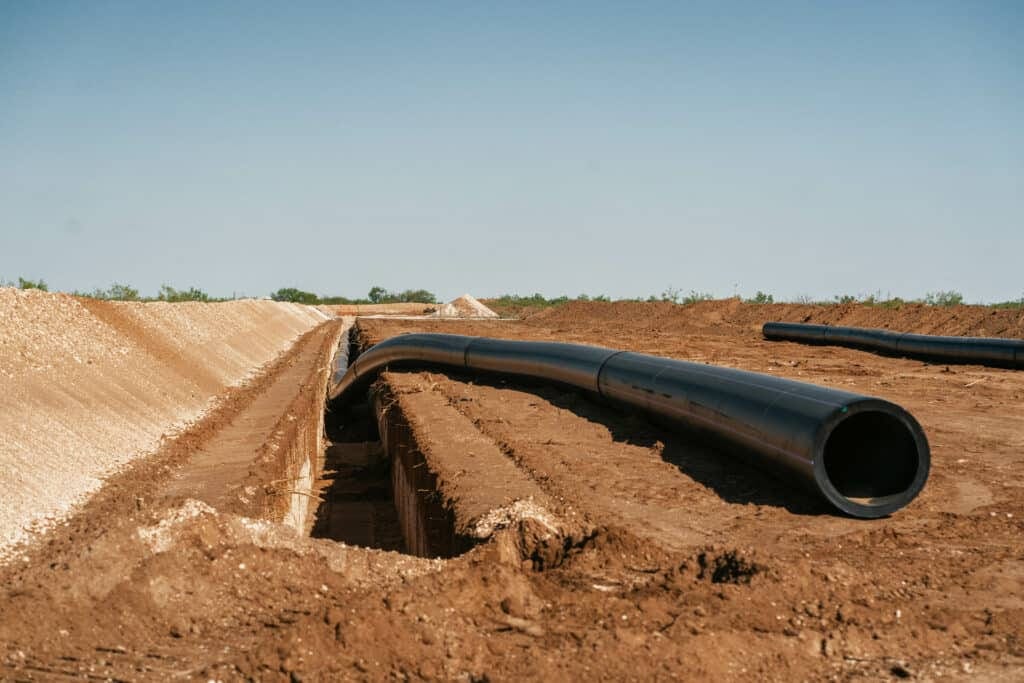The Tenke Fungurume Mine (TFM) represents one of the largest and most prominent copper and cobalt mining operations in the world. Located in the Katanga Province of the Democratic Republic of the Congo (DRC), TFM has gained significant attention for its impressive mineral reserves, extensive infrastructure, and socio-economic impact on the region. In this blog post, we delve deeply into various aspects of Tenke Fungurume, examining its geology, operational history, economic significance, and the challenges it faces in today’s mining landscape. dcpipe pipeline expert

Geology and Mineralization
Tenke Fungurume is situated within the Central African Copperbelt, a region renowned for its rich deposits of copper and cobalt. The mine primarily exploits lateritic copper deposits associated with the oxidized zone of underlying copper sulfide ores. This makes TFM a unique case study in copper extraction.
The geological formations in this region are primarily comprised of sedimentary rocks, with significant deposits featuring copper-cobalt mineralization. The mine has estimated reserves of approximately 3.6 million tonnes of copper and 600,000 tonnes of cobalt, making it a key player not just in the DRC but also in the global mining industry.
History and Development
The Tenke Fungurume Mine was developed through a joint venture between Freeport-McMoRan Copper & Gold Inc., China Molybdenum Co., Ltd., and the DRC’s state-owned mining company, Gécamines. The mine’s development began in the early 2000s after extensive exploration efforts that confirmed its potential as a significant mineral deposit.
In 2009, the mine commenced production, marking a crucial turning point for the DRC’s mining sector. The operations have since experienced several expansions and improvements, driven by advances in mining technology and increased demand for copper and cobalt, particularly in electric vehicle batteries and renewable energy applications.
Economic Impact
The Tenke Fungurume Mine plays a vital role in the local and national economy. It has created thousands of direct and indirect jobs, contributing to improved livelihoods in a region that has historically struggled with poverty. The mine also serves as a significant source of government revenue through taxes and royalties, supporting public services and infrastructure development.
Moreover, TFM has invested in local community development initiatives, including education, healthcare, and agricultural projects. These efforts are crucial in fostering positive relationships with local communities, which is essential in the mining industry, where social license to operate is often tied to community engagement and support.
Environmental and Social Considerations
Despite its economic benefits, the Tenke Fungurume Mine has not been without challenges, particularly regarding environmental and social issues. Mining operations can have significant environmental impacts, including habitat destruction, water pollution, and resource depletion. To mitigate these impacts, TFM has implemented various environmental management strategies, including waste management programs and initiatives aimed at reducing its carbon footprint.
Socially, the mine has faced concerns regarding land rights, resettlement of communities, and ensuring adequate compensation for those affected by mining activities. Addressing these issues is critical for maintaining the mine’s social license to operate and ensuring sustainable practices.
Challenges and Future Directions
The Tenke Fungurume Mine faces a plethora of challenges that could impact its future. Global fluctuations in copper and cobalt prices, driven by economic conditions and market demand, can significantly affect profitability. Additionally, regulatory changes, both in the DRC and globally, can impose new requirements that may affect operational costs and project viability.
Political stability in the DRC is another vital consideration. The nation has a history of political unrest which can hinder mining operations and investment. Ensuring stable governance and transparent regulations is crucial for attracting investment and sustaining operations.
Looking forward, TFM has an opportunity to capitalize on the growing demand for sustainable mining practices. As the world transitions towards renewable energy sources, the demand for copper and cobalt, essential components in batteries and electric vehicles, is poised to rise. By adopting innovative technologies such as automation and artificial intelligence, TFM can enhance operational efficiency and reduce its environmental footprint.
Conclusion
Tenke Fungurume stands as a focal point in the global mining sector, embodying the complexities and contradictions of resource extraction in a developing country. While it significantly contributes to economic development and the global supply chain for copper and cobalt, it simultaneously presents challenges that must be navigated responsibly.
As TFM continues to evolve, its ability to balance economic goals with environmental stewardship and social responsibility will determine its long-term viability and success. Understanding the dynamics of Tenke Fungurume is not only vital for stakeholders involved in mining but also provides valuable insights into the broader implications of mining on local communities and the environment.
In essence, Tenke Fungurume is more than just a mining operation; it is a microcosm of the broader issues facing the industry, a reminder of the responsibilities that come with resource wealth, and a beacon of opportunity in the pursuit of sustainable development in the DRC and beyond. dcpipe pipeline expert

